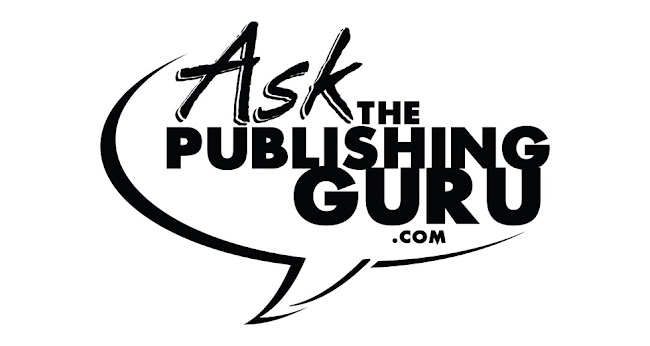 |
| Image by Rupert Ganzer |
When writers are first starting out, they often emulate the style of other authors whose work they admire. But in the course of most writing lives, at some point, a unique style is developed. Sometimes that style evolves over many years of writing, other times it essentially erupts from the writer. But in any case, it happens both by intent, and typically without a lot of conscious prodding by the writers themselves.
Developing your creative writing style is a lot like developing your personal sense of style in fashion; in other words, it should be reflective of who you are and what you intend to project. The specific style choices change over time, as people and artists change, but when they are most successful, they more closely align to the core of the writer.
This does not mean that the style has to be completely different than that of any other writers. It simply means it must ring true for you, the writer. As is the case with fashion, it is ok to experiment, and it is ok to “buy that dress you never wear.” The point is to make sure that what you wear – or write – fits you.
Writing style is expressed in numerous ways. Story topics or themes reveal style, as do types of characters, or particular settings. Genre also contributes to style. But there is also the style that is employed in the actual structure of the story. Some writers prefer to write first person in linear time. Other writers prefer to work with multiple perspectives or voices and move back and forth in time. Humor is another style characteristic that many writers like to work with, whether the humor is in irony with which the story is told, or resident in the nature of the characters within the story.
Need help with writing, editing, publishing, or marketing? thepublishingguru@gmail.com



